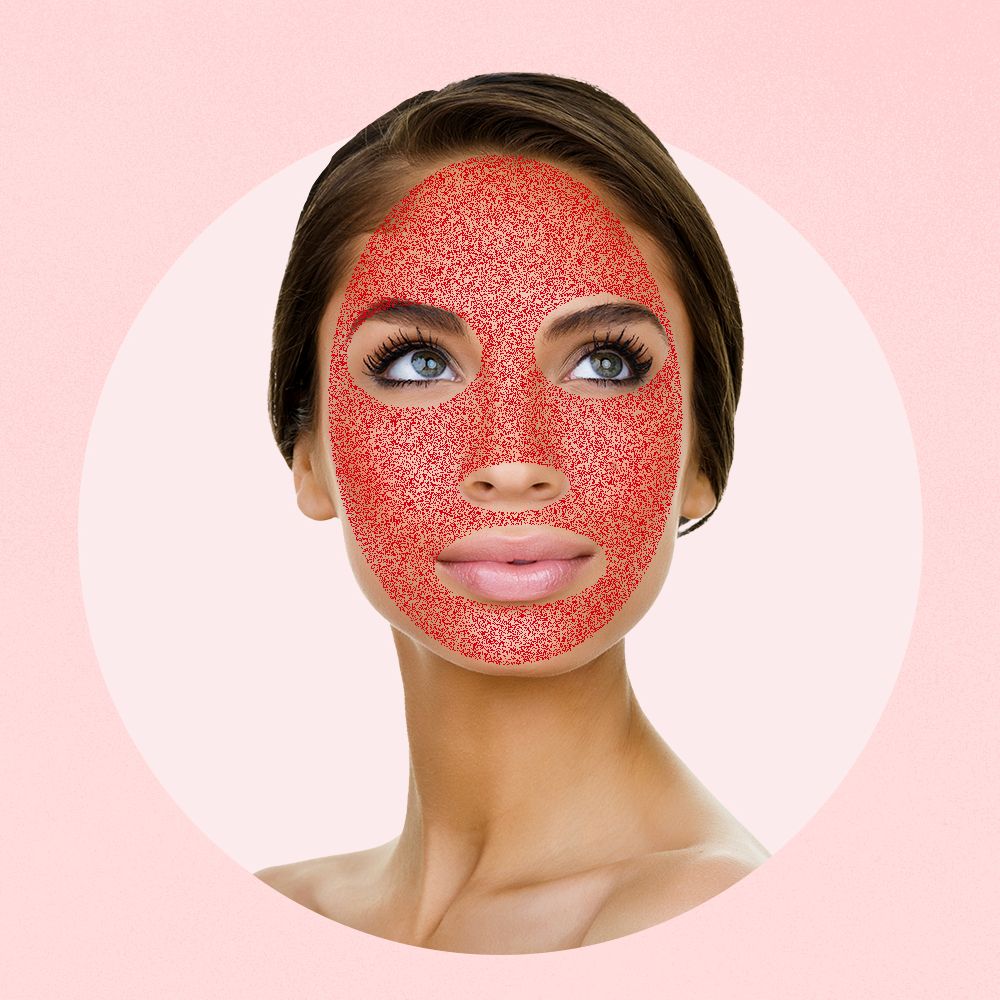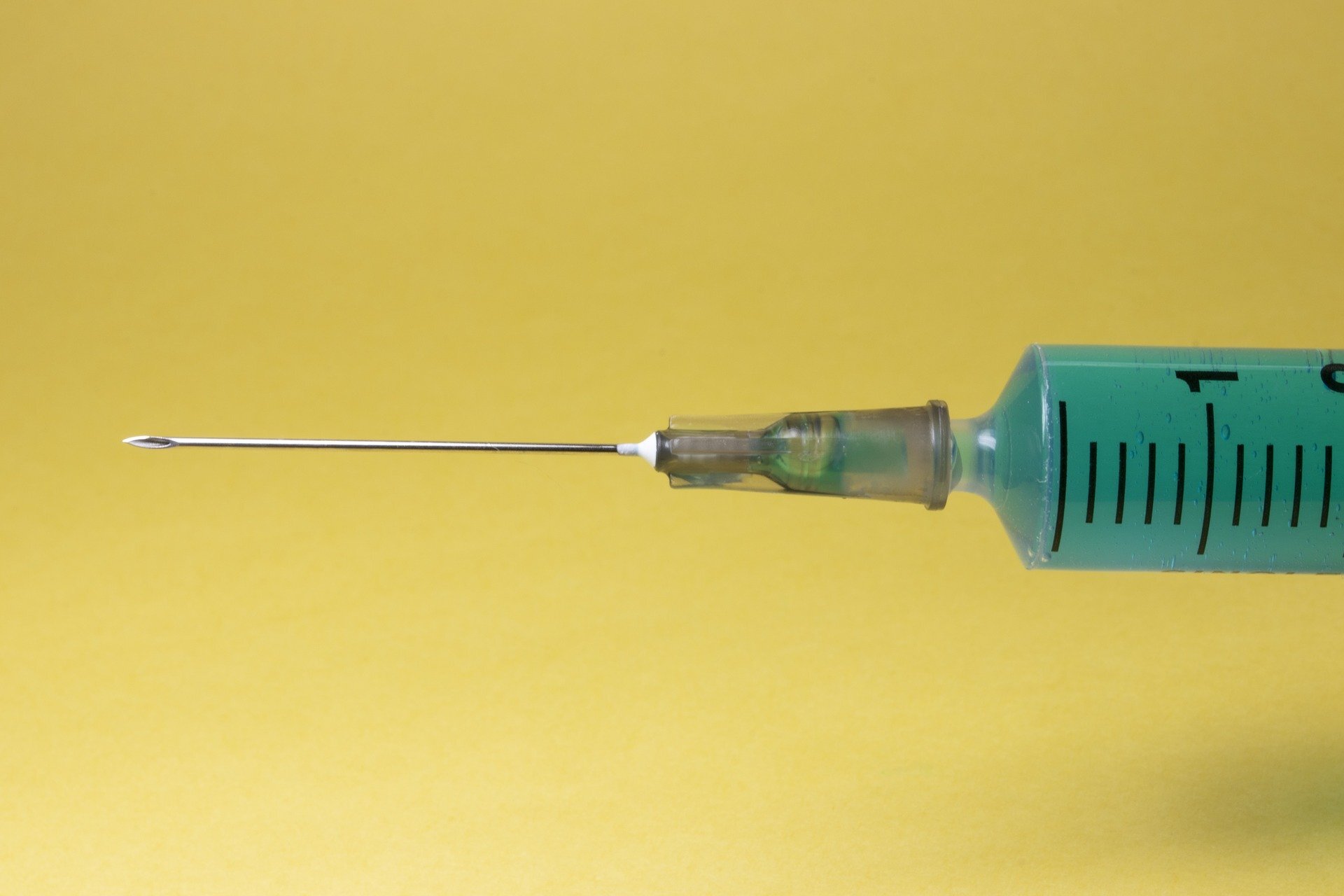“Exploring the Benefits and Risks of Microneedling Treatments, Including the ‘Vampire Facial'”

What exactly is a vampire facelift? It’s a non-surgical procedure aimed at refreshing your facial skin. Instead of opting for surgery, this method involves injections of platelet-rich plasma (PRP) alongside a temporary hyaluronic acid filler. The intriguing moniker “vampire facelift” comes from the fact that your own blood serves as the primary ingredient in the filler. You’ll see noticeable improvements in your skin immediately before and after undergoing a PRP facelift.
Now, let’s delve into platelet-rich plasma (PRP). It’s a component of your blood rich in growth factors and platelets, essential for clotting. After being separated from the rest of your blood components through a centrifuge process, PRP becomes a potent mixture of growth factors, platelets, and plasma, ready to be injected into your face to work its wonders.
But why would someone opt for a vampire facelift? Well, it offers an appealing alternative to conventional surgical facelifts. PRP comes with some impressive claims: it stimulates new skin cell production, promotes collagen growth (the protein responsible for skin structure), and increases elastin (the protein crucial for skin elasticity). This procedure can brighten your complexion, redefine facial contours, refine skin texture, diminish wrinkles, plump up your skin, and even fade acne scars.
Now, let’s talk about the distinction between a vampire facelift and a vampire facial. While both involve PRP, a vampire facelift combines PRP injections with hyaluronic acid filler. On the other hand, a vampire facial entails spreading PRP over your face and then using microneedling or tiny pricks to aid in its absorption. Vampire facials primarily target surface skin issues like acne scars, fine lines, large pores, pigmentation, and rough texture.
If you’re considering a vampire facelift, here’s what you should know about preparing for the procedure: you’ll undergo a consultation with a healthcare provider to evaluate your suitability. They’ll review your medical history to ensure you’re a good candidate. It’s not recommended if you have certain blood conditions, hepatitis C or HIV, skin cancer, or if you’re on blood thinners. Prior to the procedure, you’ll need to avoid sun exposure, blood thinners like NSAIDs and aspirin, and maintain hydration. You should arrive at your appointment with clean skin and no makeup.
During a vampire facelift procedure, your healthcare provider will apply numbing cream to your face, withdraw blood (usually from your arm), spin it in a centrifuge machine to separate the PRP, inject specific areas of your face with filler, and then inject PRP into your face using a small needle. The procedure typically lasts one to two hours, and you won’t feel pain due to the numbing cream.
After a PRP facelift, you may experience mild discomfort and bruising for a few days to a week. However, you should be able to resume your daily activities with caution. Applying ice packs wrapped in a towel can help reduce swelling, and over-the-counter pain relievers can alleviate any discomfort. Your healthcare provider will provide specific instructions for post-procedure skincare.
The benefits of a vampire facelift include less pain and a shorter recovery time compared to traditional surgical facelifts, fewer potential risks, quicker results, and increased confidence in your appearance. Studies on the efficacy of vampire facelifts are somewhat limited, but PRP has shown promising results in improving skin texture and reducing wrinkles.
Possible side effects of a PRP facelift include swelling, mild pain, tingling, changes in skin tone, bruising, and itching. Rarely, a reaction to the hyaluronic acid filler or inadvertent injection into a blood vessel may occur. To minimize complications, it’s essential to seek treatment from an experienced provider like a board-certified plastic surgeon or dermatologist.
Recovery after a vampire facelift is usually brief, with instructions to avoid sun exposure, heavy lifting, strenuous exercise, heavy creams or moisturizers, and washing your face or wearing makeup for a day after the procedure. You can typically return to your normal activities immediately, with final results visible within 12 to 18 months. Be sure to contact your healthcare provider if you experience bleeding, excessive bruising, pain, swelling that persists, or any other concerning symptoms after the procedure.





